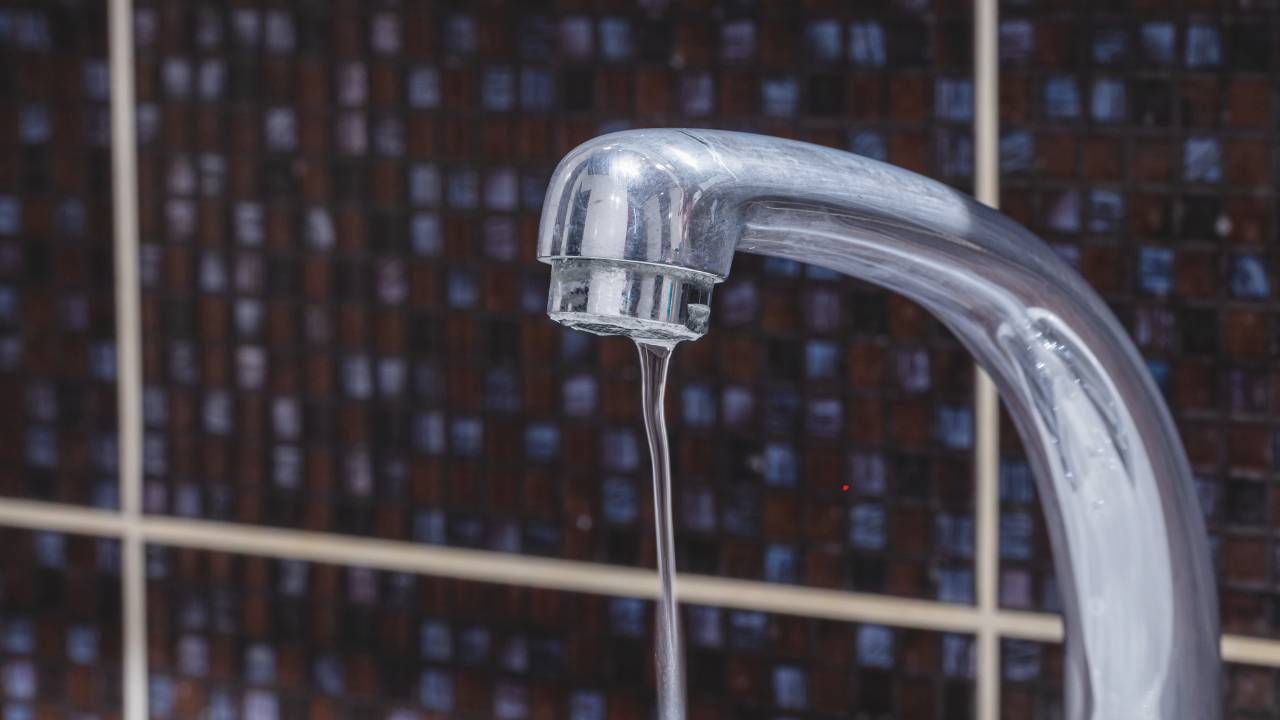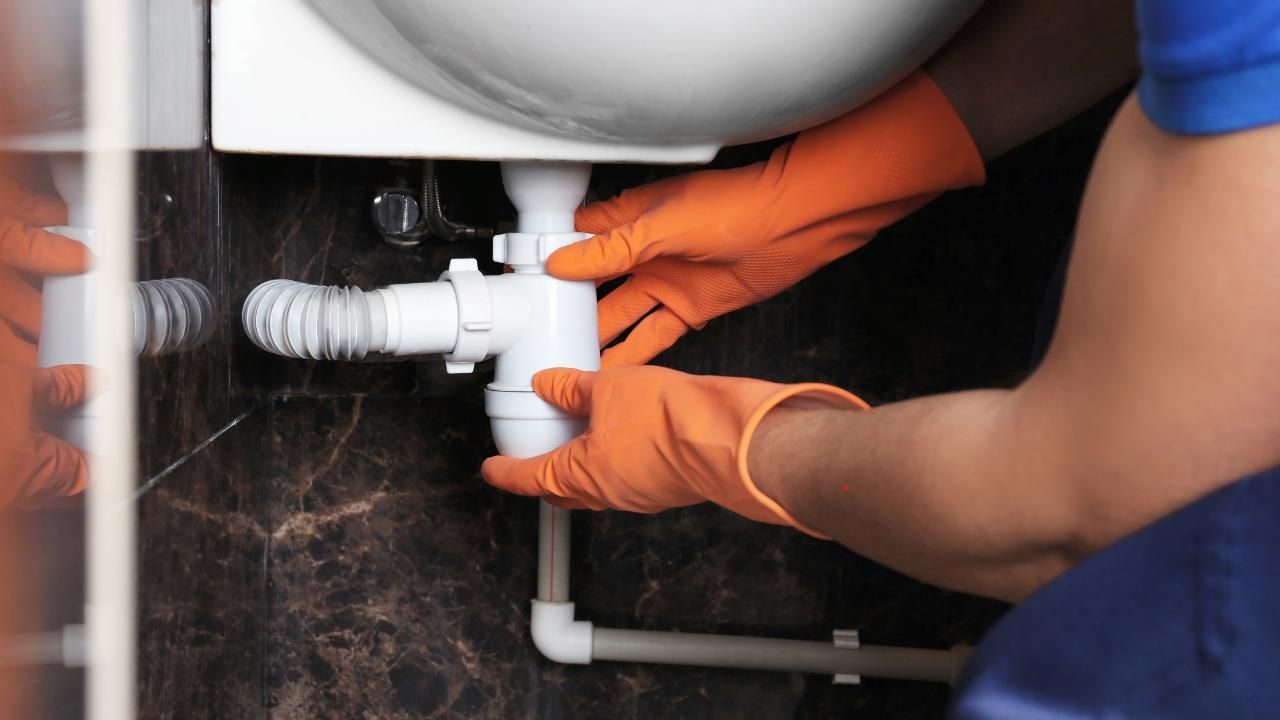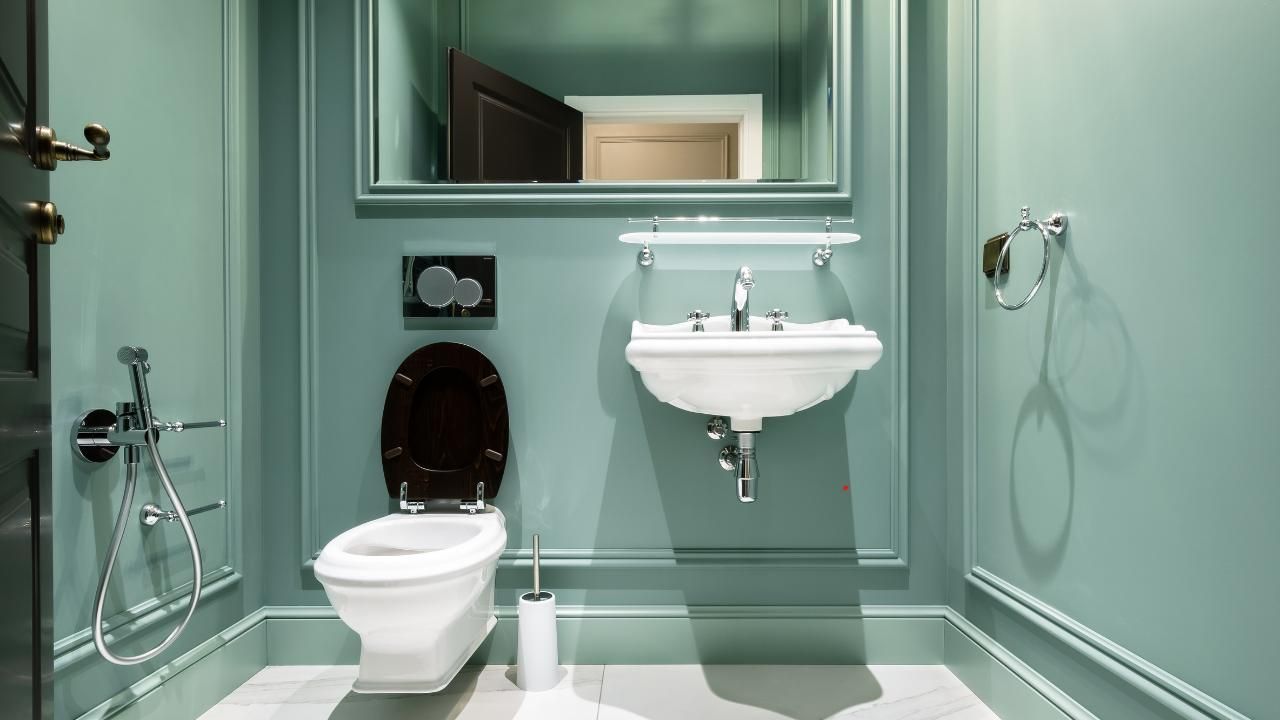10 Signs Your Commerce City Home Might Have a Hidden Plumbing Leak

A hidden plumbing leak can quietly cost you thousands in water damage, mold remediation, and higher utility bills. Many homeowners don’t realize there’s a problem until it’s too late. If you live in Colorado and want to avoid these costly surprises, staying alert to warning signs is key. For professional help, reliable plumbing services Commerce City CO homeowners trust are available to detect and fix issues early.
In this post, you’ll learn how to spot 10 subtle (but serious) signs that your home may have a hidden plumbing leak.
1. Unusually High Water Bills
If your water usage habits haven’t changed but your bill has suddenly spiked, that’s a red flag. Small leaks, especially those under the floor or behind walls, can waste hundreds of gallons monthly without leaving obvious signs.
2. Musty or Moldy Odors
That damp, unpleasant smell in your laundry room or bathroom? It could be more than just humidity. Persistent musty odors often signal water trapped behind drywall or under flooring—perfect conditions for mold to grow.
3. Discolored or Warped Walls
Water-stained walls, bubbling paint, or soft spots in drywall are all classic signs of a leak behind the surface. Over time, leaking pipes can damage your wall structure and lead to expensive repairs if not addressed quickly.
4. Stained or Sagging Ceilings
Leaks in upstairs bathrooms or plumbing routed through the attic can cause discoloration, drooping, or even cracks in the ceiling below. A single hidden leak can weaken structural supports and damage insulation.
5. Low Water Pressure
If your shower or faucets seem weaker than usual, it could be more than just mineral buildup. Leaks in your supply line or corrosion in aging pipes can reduce water flow throughout your home.
6. Constant Sound of Running Water
If you hear water running when no fixtures are on, your plumbing might be trying to tell you something. The sound of dripping or trickling in walls or under cabinets can mean a pipe is leaking continuously.
7. Mold or Mildew Growth
Mold thrives in moist, dark environments—and a leak behind the wall is the perfect breeding ground. If you’re spotting mildew on baseboards, ceilings, or non-shower walls, investigate further.
8. Wet or Spongy Floors
Step on your hardwood or laminate floor and feel a soft, squishy spot? That’s a big red flag. Leaks under floors are often caused by pipe damage and may lead to rotting subfloor materials.
9. Cracks in the Foundation
While hairline cracks are normal over time, sudden or widening cracks could signal long-term water damage from leaking pipes beneath the foundation. Left alone, this can affect the structural integrity of your home.
10. An Overactive Water Meter
Here’s a simple test: Turn off all the water in your home and check the water meter. If it’s still ticking, you likely have a leak somewhere in the system—possibly underground or inside walls.
Quick Case Study: A Leak That Wasn't Obvious
A Commerce City homeowner noticed their water bill was creeping up but couldn’t find any visible leaks. After calling Fast Trak Plumbing and Drain, a quick pressure test revealed a small leak under the slab foundation. Their technician performed a targeted pipe repair without tearing up the entire floor, saving the homeowner time and money.
What to Do If You Suspect a Leak
Hidden leaks can turn into major headaches fast. Here’s what you should do if you notice any of the signs above:
- Don’t ignore the symptoms—act early.
- Turn off your main water valve if you suspect a major leak.
- Call a licensed plumber with leak detection experience.
Whether it’s a minor drip or something more serious, professionals like Fast Trak Plumbing and Drain can help you pinpoint the issue before it leads to costly repairs. To learn more about our leak detection services and our service area, please contact us today.




